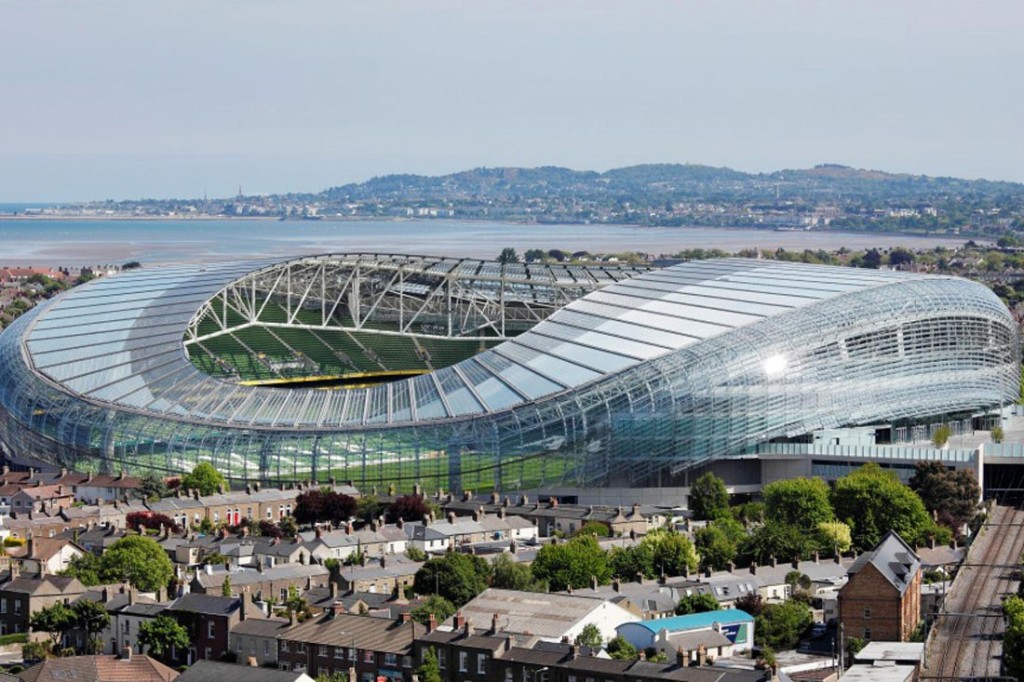When it comes to architectural wonders, stadiums are often overlooked. However, these grand structures not only provide a stage for thrilling sporting events but also serve as symbols of community spirit and pride. Stadium architecture has evolved over the years, blending functionality with aesthetics to create unforgettable experiences for both athletes and spectators.
One iconic example of stadium architecture is the Allianz Arena in Munich, Germany. Designed by Swiss architects Jacques Herzog and Pierre de Meuron, this state-of-the-art stadium is known for its unique illuminated façade that changes colors based on which team is playing. The exterior consists of inflated ETFE (ethylene tetrafluoroethylene) panels that allow natural light to filter through during the day while transforming into a vibrant spectacle at night.
Moving across the globe to Asia, we encounter another architectural marvel: The Bird’s Nest Stadium in Beijing, China. Built for the 2008 Summer Olympics, this masterpiece was designed by Swiss architects Herzog & de Meuron in collaboration with Chinese artist Ai Weiwei. Its intricate steel structure resembles intertwined twigs or branches found in bird’s nests – hence its nickname. This stadium perfectly blends function and form while paying homage to Chinese culture.
Closer to home, we have AT&T Stadium in Arlington, Texas – a true testament to American ingenuity and ambition. Boasting a retractable roof and one of the largest HD video screens ever built, this football haven redefines what it means to be a modern sports facility. Architectural firm HKS Inc., led by Bryan Trubey, created an awe-inspiring interior space that allows fans an unobstructed view from every seat.
Beyond their aesthetic appeal, stadiums play important roles within communities as multifunctional gathering spaces outside game days too. They host concerts featuring world-renowned artists who captivate audiences with their performances against magnificent backdrops like Rome’s Stadio Olimpico or London’s Wembley Stadium. These venues become stages for unforgettable moments that transcend mere sporting events.
Stadium architecture has come a long way from simple concrete bleachers to breathtaking structures that blend artistry with functionality. Architects and designers continue to push boundaries, creating spaces that not only elevate the game but also inspire awe and wonder in those fortunate enough to experience them. So next time you find yourself inside a stadium, take a moment to appreciate the architectural marvel surrounding you – it’s more than just a venue; it’s an embodiment of human creativity and determination.

Leave a comment